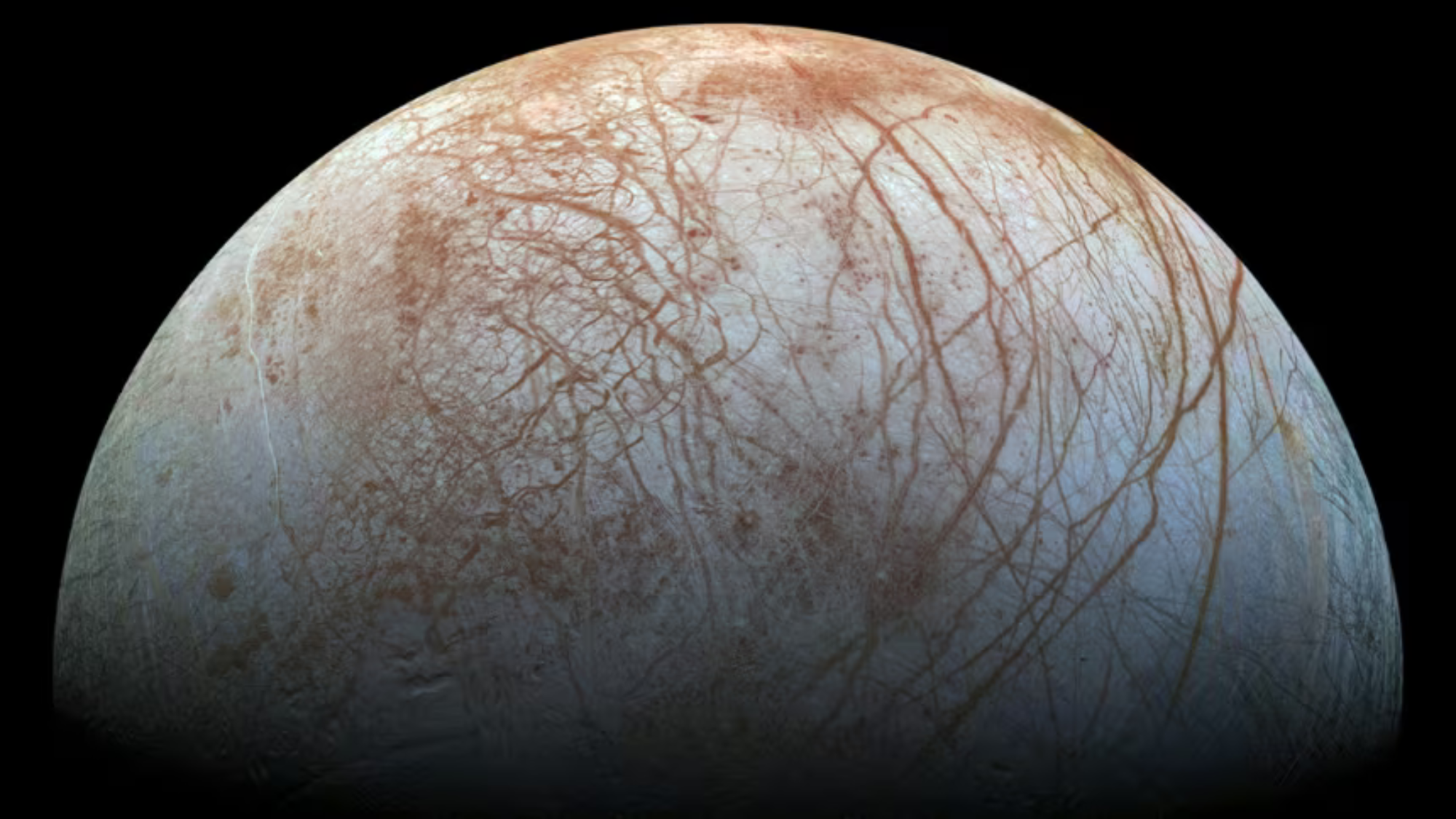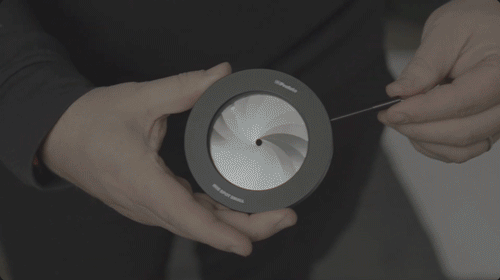Could photos of a platypus on the surface of Jupiter's moon ‘Europa’ be the key to discovering life beyond planet Earth?
Ground breaking images taken by NASA's spacecraft Juno have revealed something incredible about Europa's crust

Recent photographs taken by NASA’s Juno spacecraft have revealed that Jupiter’s fourth largest moon, Europa, has been hiding a rather large secret underneath its icy crust.
Europa is actually closer to a planet than a moon. It has a magnetic field, a fragile oxygen atmosphere, and a liquid iron core.
It has an icy crust that is 11 miles (18km) thick, with a vast ocean beneath it, which, thanks to Juno, scientists now know has the ability to bubble up through the ice.
Since it arrived at Jupiter in 2016, NASA’s Juno spacecraft has been prodding and poking the moon in an attempt to discover its secrets, the first orbiter to explore so closely.
The image captured on May 19 2024 was the first high-resolution image of Europa since NASA’s Galileo spacecraft passed it by in 2000.
The ground breaking images show that the icy crusts at the north and south poles of the moon are in fact free-floating about the surface of Europa, a previously unknown fact.

Europa is about 417,000 miles (671,000km) miles from Jupiter, which has 94 other moons, and 500 million miles (805 million km) from the sun.
Get the Digital Camera World Newsletter
The best camera deals, reviews, product advice, and unmissable photography news, direct to your inbox!
The surface of Europa shows an area that has been nicknamed by scientists as ‘the Platypus’. It contains hummocks, ice blocks, ridges, which to some resemble the shape of a Platypus.
Scientists now believe that this may be where Europa’s ice shell allows deposits of saltwater to reach the surface from Europa’s ocean.
This is a significant discovery because according to NASA, The Platypus may be one of the most promising places in our solar system to search for life beyond planet Earth. This discovery gives scientists the chance to test and study the composition of the water, and search for living organisms.
Steve Levin, project scientist for Juno and the Jet Propulsion Lab at NASA, told CBS Kids News:
“[That] could give us the chance to study the composition of the saltwater that lies underneath the ice. People are really excited about looking for life in that ocean on Europa. It might be bacteria or the equivalent, but any life at all not found on Earth would be a big deal, right? It would be the first time we’ve ever found life anywhere else.”
Juno’s mission ends in 2025, however, two more missions are bound for Europa before then. Later this year NASA’s Europa Clipper will launch and arrive in 2030. The European Space Agency’s Juice (Jupiter Icy Moons Explorer) was launched last year and will arrive in 2031 to explore three of Jupiter’s moons - Ganymede, Callisto, and Europa.
Check out our guide to the best cameras for astrophotography, and the best lenses to capture the night sky.
We've also got all the information you need about the best low light cameras.

After graduating from Cardiff University with an Master's Degree in Journalism, Media and Communications Leonie developed a love of photography after taking a year out to travel around the world.
While visiting countries such as Mongolia, Kazakhstan, Bangladesh and Ukraine with her trusty Nikon, Leonie learned how to capture the beauty of these inspiring places, and her photography has accompanied her various freelance travel features.
As well as travel photography Leonie also has a passion for wildlife photography both in the UK and abroad.
